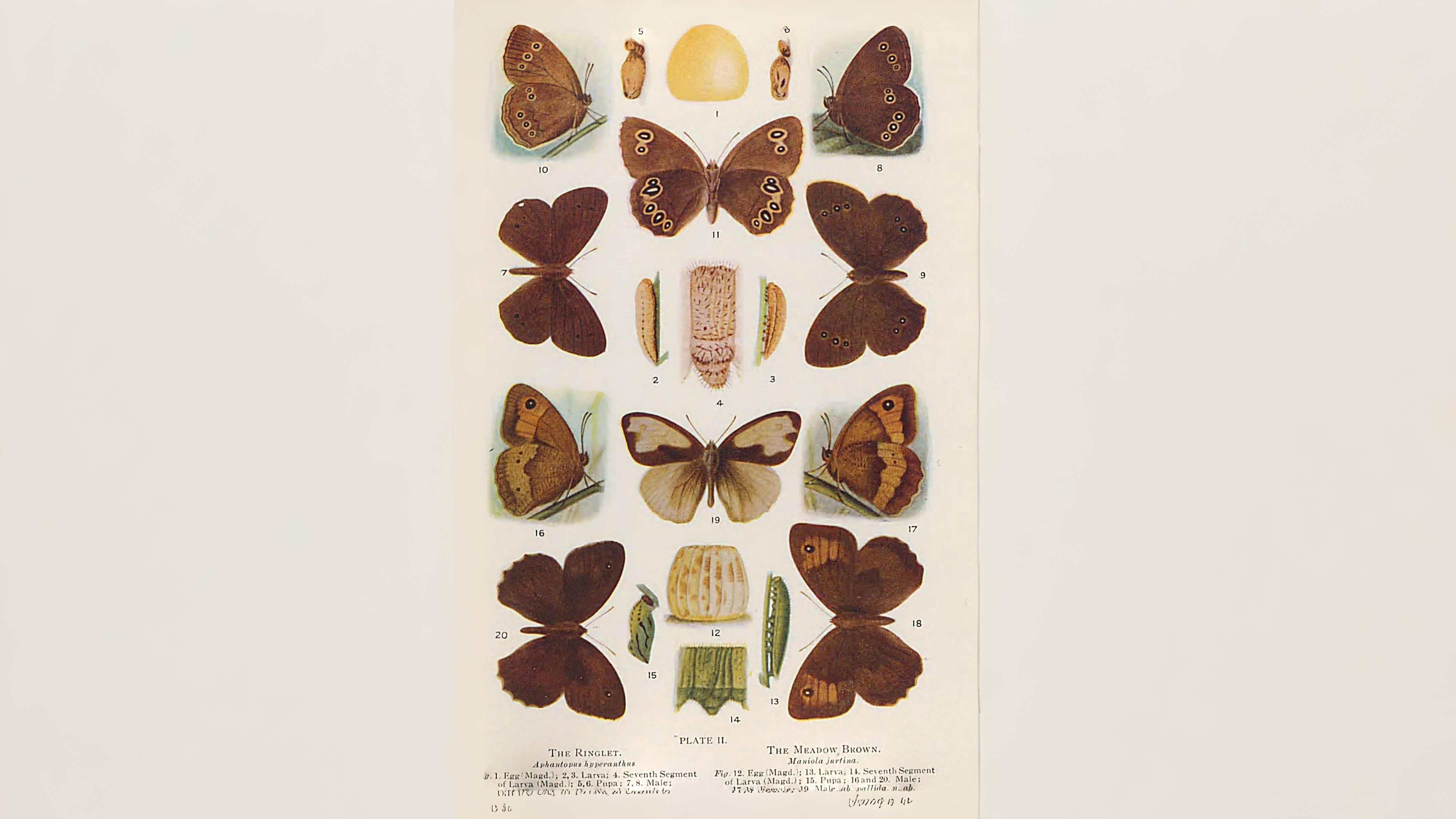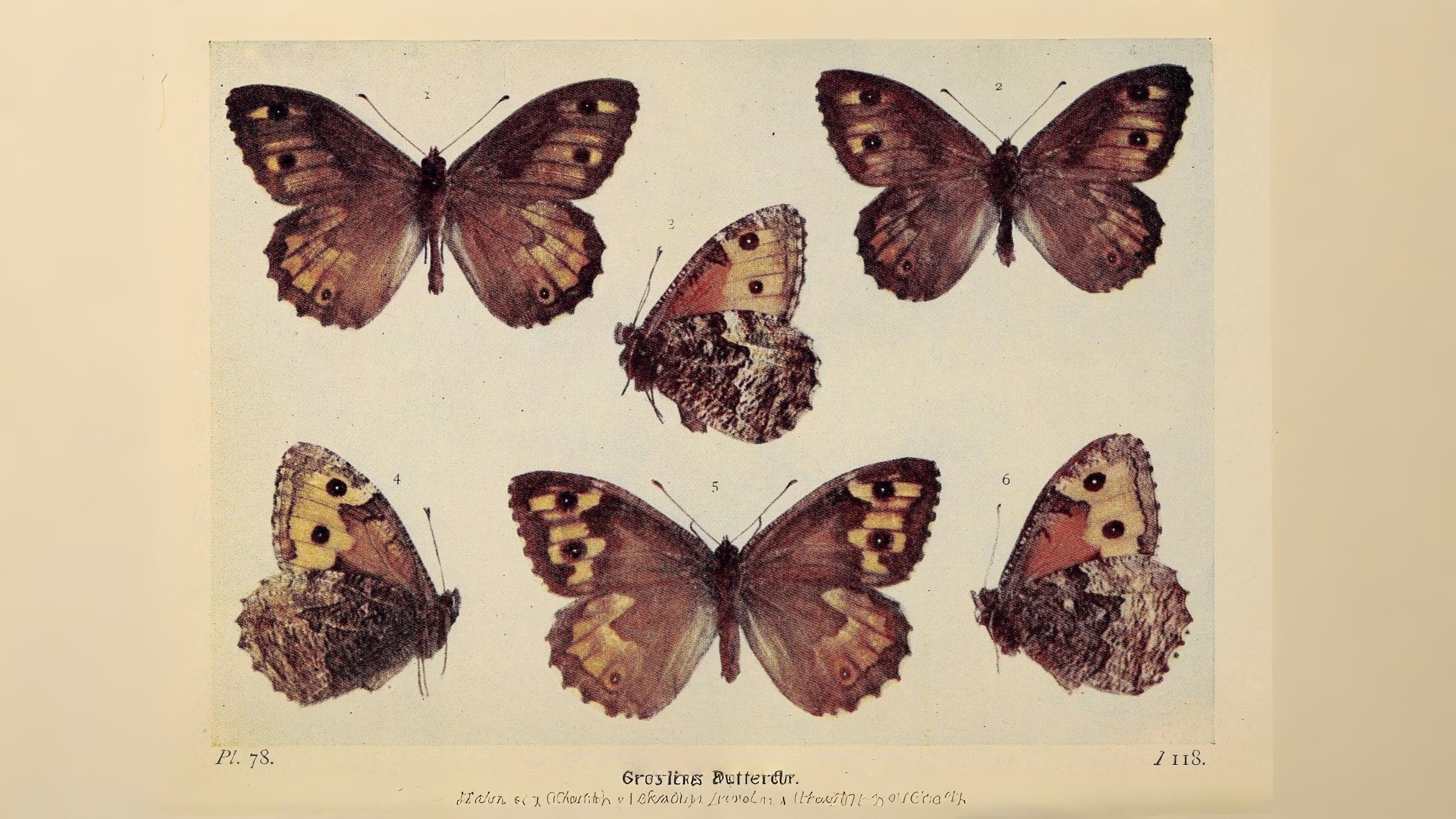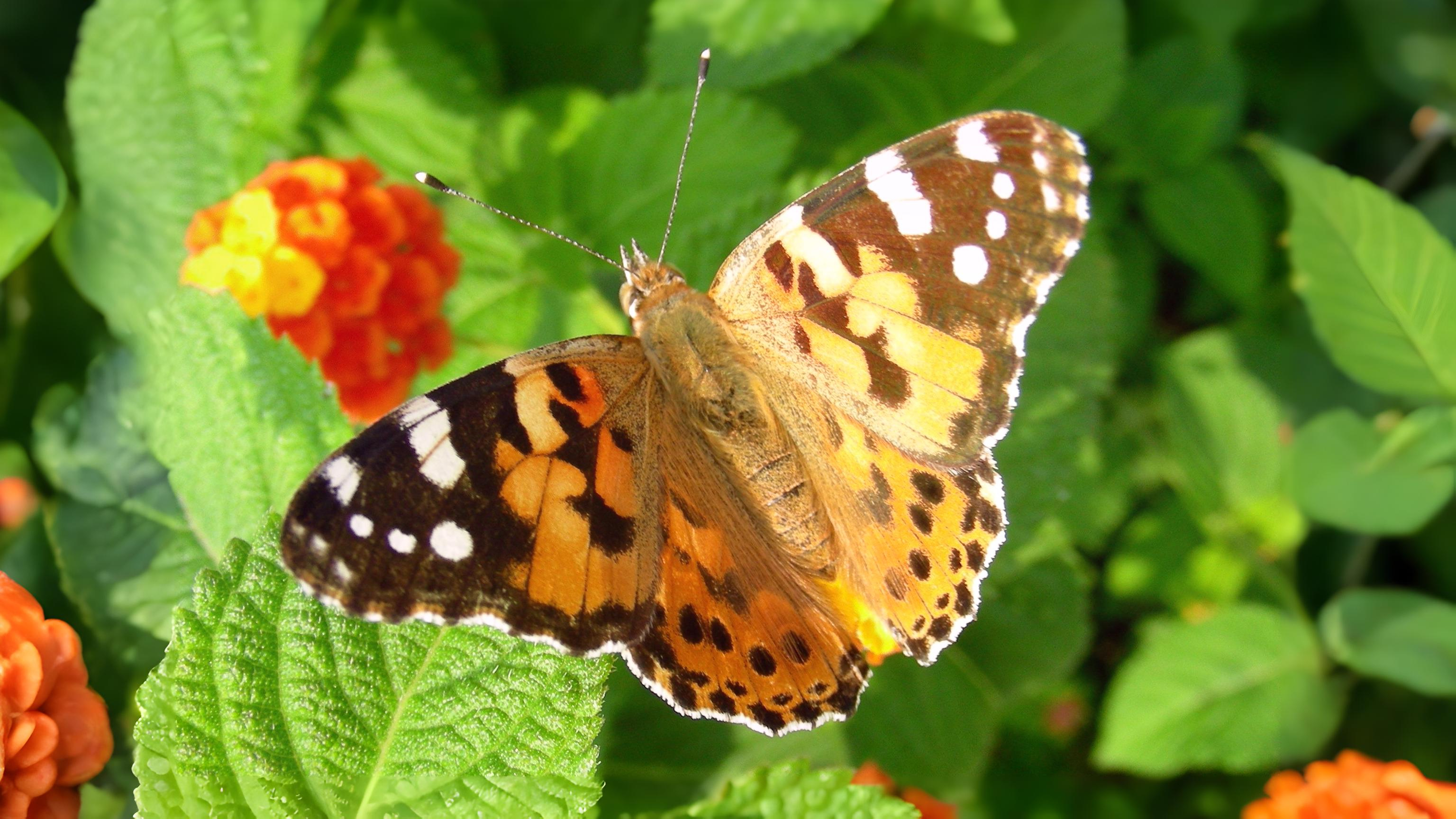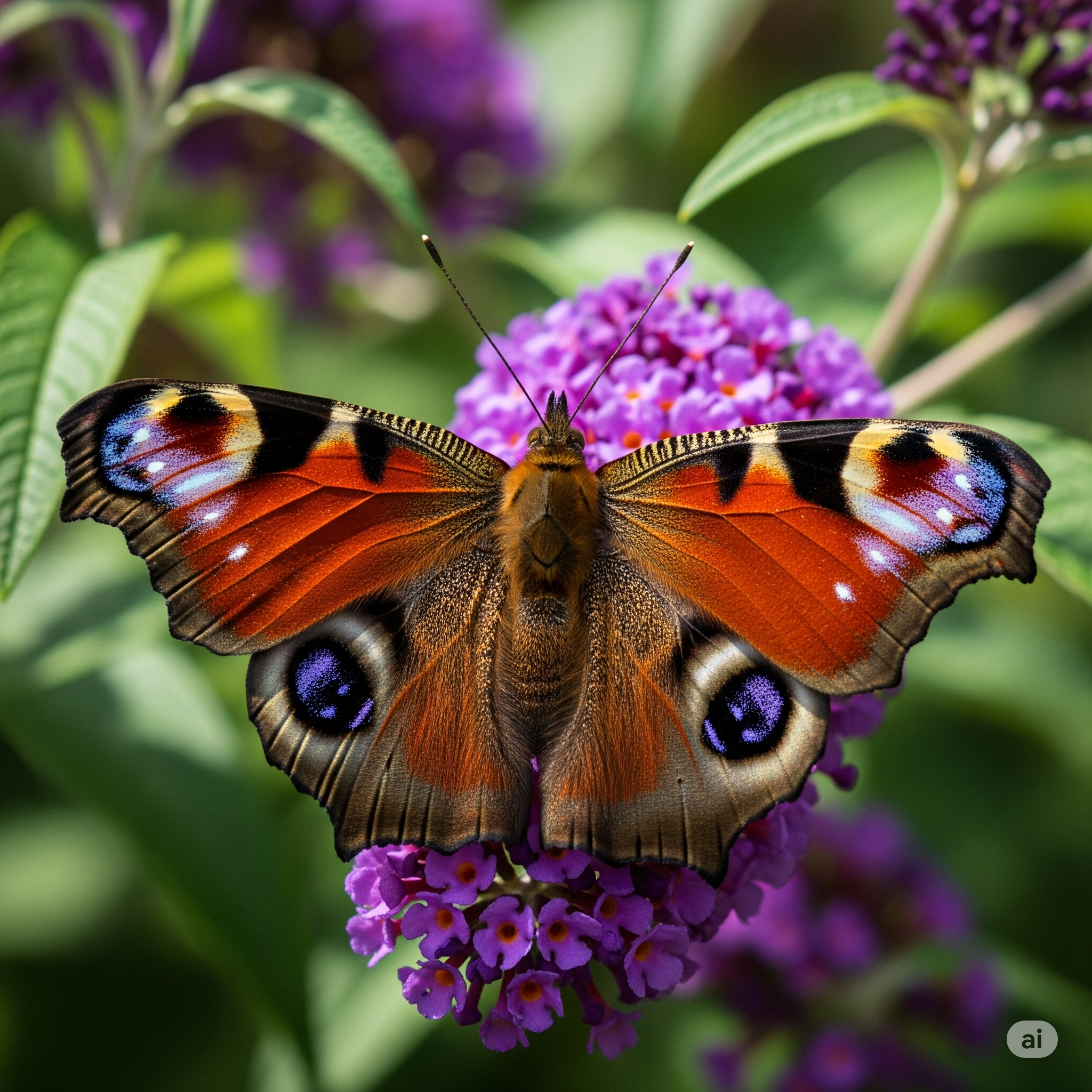
August is the peak of butterfly season, a time when London’s parks, commons, and gardens come alive with a kaleidoscope of colour. From the familiar flutter of whites and blues in our back gardens to the larger, more dramatic commas and red admirals feasting on buddleia, nearly half of all British butterfly species can be spotted in and around the capital this month. It’s the perfect time to go searching for these winged wonders, including the freshly emerged second broods, looking their absolute best. But there are also rarities and fascinating variations to discover...
Return on August 16th for a guide to finding and identifying the beautiful butterflies of London.
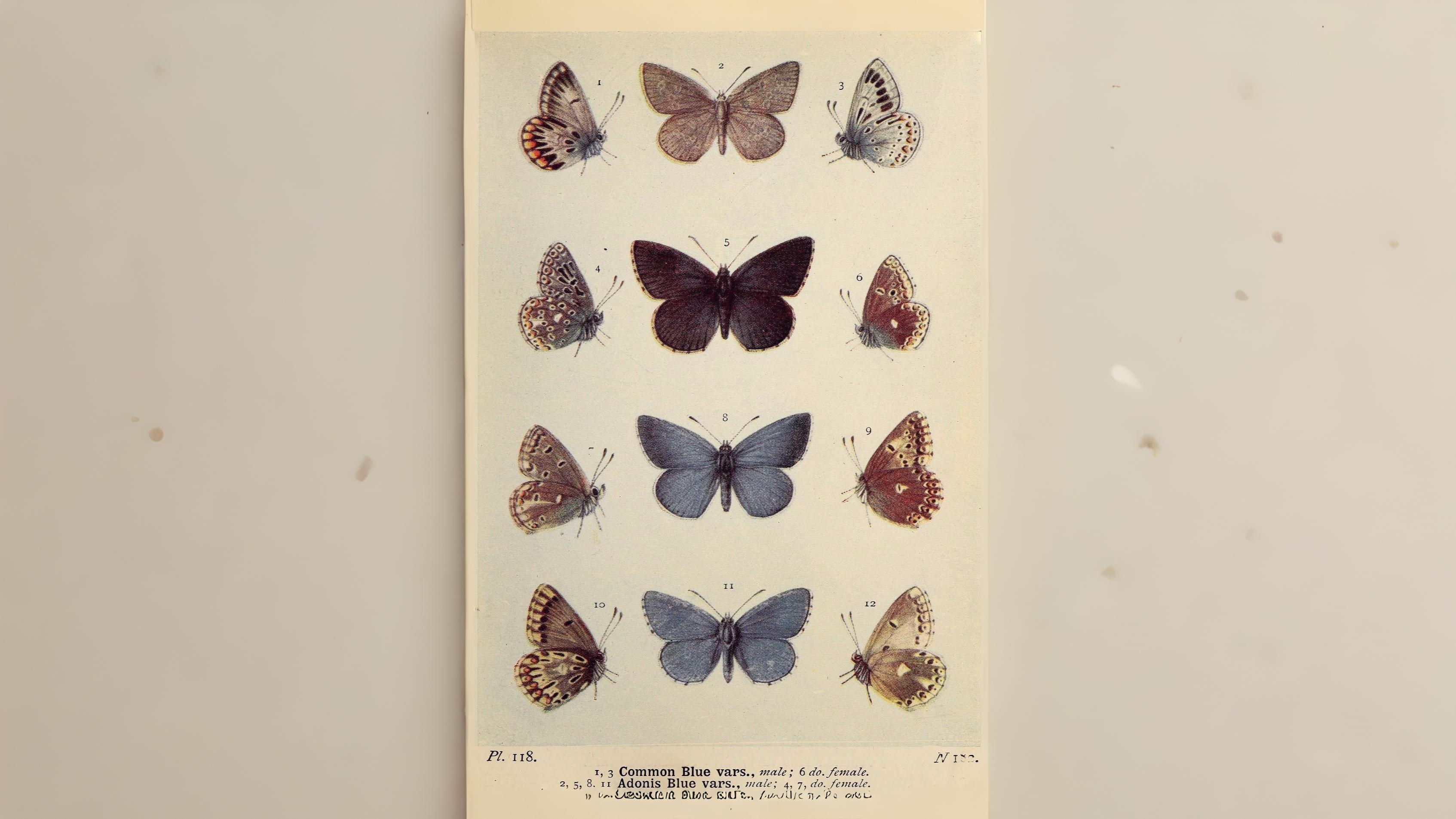

Like moths, butterflies vary a lot. There are melanic forms of White admirals and Dark green fritillaries as well as albinos of meadow browns and gatekeepers. The markings on the wings of the second broods of both small and large whites differ considerably from those of the first. Sometimes, Silver washed fritillary females exist in two different forms, whereas all the males remain the same. On occasion, these differences have been thought substantial enough to merit a sub species or at least a different race. London has two distinct forms of Silver studded blue. One was abundant on the heathland around Oxshot and this was called the ‘argus’ race and the other kept to chalky downs and was called the ‘cretaceous’ race. They both turned out to be the same butterfly. Graylings can also differ slightly depending upon whether they are seen on heathland or on downland.
